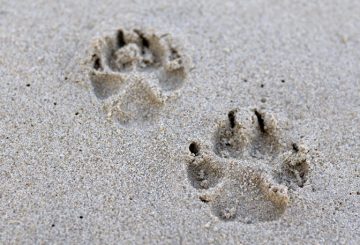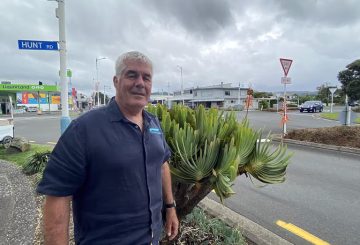주말 동안 500명이 캔터베리 고원의 초원에서 열린 TWALK로 알려진 24시간 도보 행사에 참여했습니다.참가자들은 로게인 스타일의 행사에서 작은 표식을 찾아 수수께끼를 푸는 임무를 맡았습니다.1967년부터 이어져 온 이 행사는 캔터베리 대학교 트램핑 클럽의 자원봉사자들이 주최합니다.
첫 번째 TWALK 행사는 마운트 토마스에서 열렸으며 호주에서 아이디어를 가져온 그렉 마틴 (Greg Martin) 이 주최했습니다.처음에는 이 행사로 인해 현지 농부들이 자신의 땅을 걷고 있는 수백 명의 낯선 사람들에 대한 소식을 듣지 못했기 때문에 일부 대립이 벌어졌습니다.하지만 현재 주최측에서는 토지 소유주들이 항상 참여하도록 하고 감사의 표시로 소액의 기부금이나 지역 사회 활동을 하는 경우가 많습니다.
올해 이 행사는 메소포타미아의 랑기타타 강 근처에서 열렸습니다.우승팀은 “서까래 무리”라고 불렸습니다.지난 몇 년간 TWALK 지점은 헤론 호수, 하카테레 보호공원, 콜리지 호수, 뱅크스 페닌슐라, 마운트 라이포드 등 캔터베리 전역에 흩어져 있었습니다.
TWALK 2024 주최자 중 한 명인 알렉스 멍크턴에 따르면, 이 행사는 기술적, 물리적 경쟁보다는 재미와 오락에 더 중점을 두고 있다는 점에서 특별하다고 합니다.이 이벤트에는 의상, 우스꽝스러운 단서, 미스터리 장소, 무작위 대회가 포함됩니다.
1980년대 후반에 대회에 의상이 도입되었는데, 참가자들은 최소한 첫 레그 동안 이 의상을 입어야 했습니다.올해 가장 멋진 옷을 입은 우승자는 입을 수 있는 판지 자동차를 만든 것이었습니다.
대회가 끝날 무렵에는 참가자들이 각각 약 10km에서 20km 길이의 5개 구간을 완주해 100km를 하이킹하게 됩니다.그 과정에서 팀은 수수께끼의 단서를 풀어야 합니다.
The Hash House는 자원 봉사자들이 요리한 따뜻한 음식 형태로 휴식과 재활의 장소를 제공합니다.CUTC 회장인 닉 슬레거스 (Nick Slegers) 는 학생 자원봉사자들의 열정과 헌신을 강조하며 대학 학업보다 TWALK 운영을 돕는 것이 더 자랑스럽다고 말했습니다.




























































